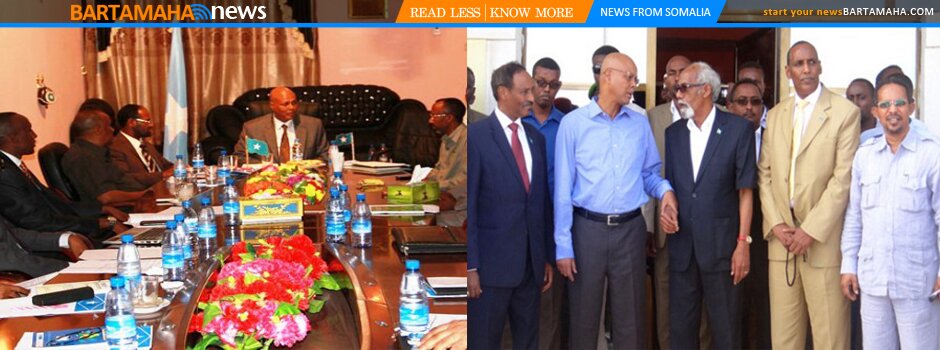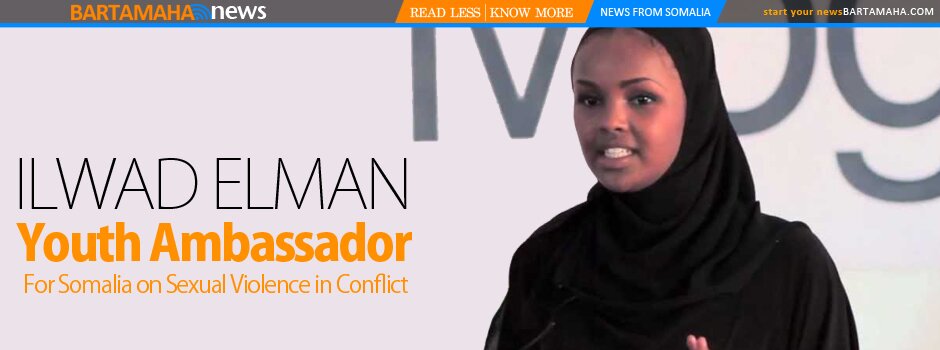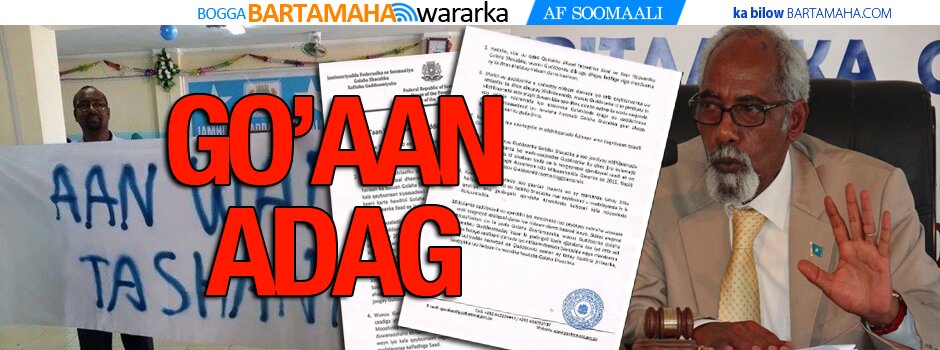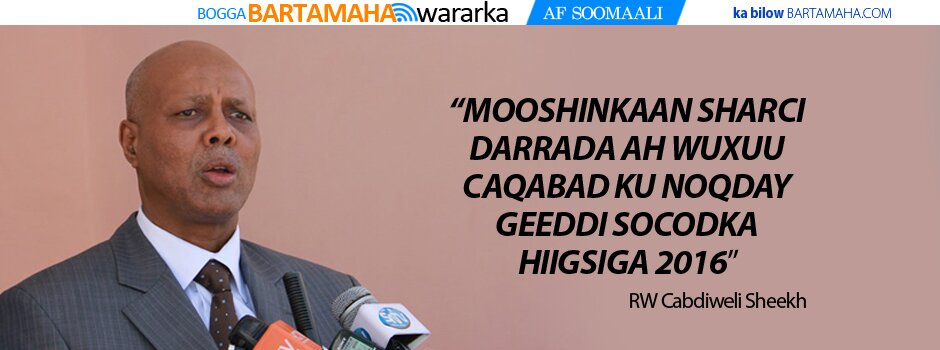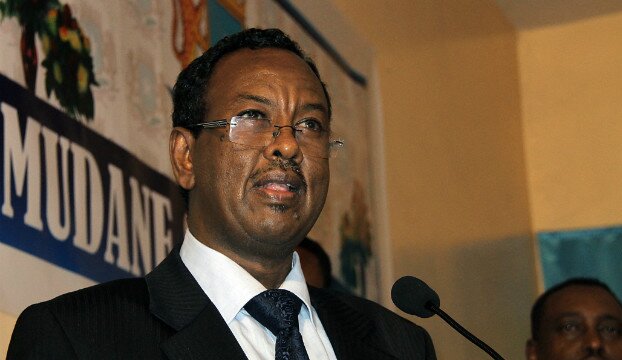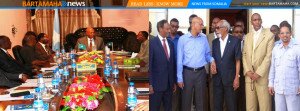Bumper harvest highlights need to help Somali farmers help themselves
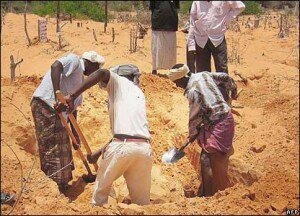
Bartamaha (Nairobi):- NAIROBI (AlertNet) – In war-torn Somalia, daily life is a struggle for the 40 percent of the population who rely on humanitarian aid to survive, but in recent months green shoots have started to emerge.
Good rains have boosted food production, reducing the number of people dependent on handouts, and meat exports are picking up after Saudi Arabia lifted a long-standing ban. Experts say a little more support for farmers could go a long way towards easing the country’s hunger crisis.
Since August, the number of Somalis in need of aid has fallen from 3.76 million, about half the population, to 3.2 million, the U.N.’s Food Security and Nutrition Analysis Unit (FSNAU) said in a report this month.
“The reason we have seen a drop in the population in crisis is because of the good harvest in the south over the last six months,” said Grainne Moloney, FSNAU’s acting chief technical advisor. “It’s over 250 percent of the harvest last year and about 150 percent of the harvest in the last five years.”
Decent October-to-December ‘deyr’ rains resulted in a bumper season for sorghum – which accounts for three-quarters of cereal production – as well as cash crops including sesame, vegetables, fruits, groundnuts and bananas.
This helped cut the proportion of the rural population in crisis in the south – which is mostly under the control of the hardline al Shabaab insurgent group – by 15 percent, the FSNAU says.
BEYOND FOOD AID
Somali agricultural consultant Ali Doy, who has worked with the United Nations, warns that focusing exclusively on emergency food aid risks selling subsistence farmers short.
“People, especially in the countryside, which is not as insecure as urban centres, don’t need food aid. They need better ways to fight drought and better seeds, but the problem is few aid agencies are doing that now,” he told AlertNet.
Anarchy since the 1991 overthrow of dictator Mohamed Siad Barre has hampered exploitation of Somalia’s rich agricultural land for nearly two decades. Doy said farmers lack equipment and knowledge, even though some have the determination to keep producing food amid conflict and poor rains.
Fighting has killed 21,000 Somalis since the start of 2007 and driven 1.5 million from their homes, while large parts of the country have been afflicted by drought.
FSNAU’s Moloney agrees that aid agencies should expand their work beyond providing emergency food aid.
“We need to look at parallel interventions and support Somalia’s farming communities with irrigation and better farming methods to be able to support half (the) population,” she said.
Blighted by what the United Nations described as the worst drought in 20 years, Somalia’s canal-based irrigation system lies in ruins. The U.N. Food and Agriculture Organisation has spent $2 million repairing 200 kilometres of canals, but says more support is needed.
“Rehabilitating Somalia’s canal system will go a long way to help farmer grow more food especially in dry areas in Hiran and central Somalia,” said Sergio Innocente, an agriculture expert with the U.N. Food and Agriculture Organisation (FAO).
Populations in Hiran and other central Somali regions that have received less rainfall remain mired in crisis, with around 70 percent of the population still in need of aid, according to the FSNAU report.
MIDDLE EAST MARKET
Further north, there are signs of improvement in the livestock sector. The Horn of Africa nation sits on an ancient trade crossing, and farmers have once again started exporting cattle, sheep and goats to the Gulf states, after Saudi Arabia lifted a nine-year ban on imports from Somalia.
Originally imposed due to concerns about a lack of health screening in the failed state, Riyadh eased the restrictions in November to secure meat supplies for haj pilgrims.
“We expect to have improved terms of trade for Somalia as we are noticing increasing exports of livestock, which in the medium term will trickle down to the households,” said FAO livestock expert Massimo Castiello.
Between 60 and 70 percent of Somalis live in communities that keep livestock, according to the FAO. Yet despite the new income opportunity presented by Saudi Arabia, formerly the biggest buyer of Somali livestock, Moloney said exports have received little support.
“We need to do restocking in some pastoral communities to be able to help the Somali community take advantage of the availability of livestock markets in the Middle East,” she said.
FAO’s Castiello said Somalia’s economy could be further boosted by providing communities with veterinary services and access to water for their animals.
While the war-torn country is a long way from stability and many Somalis continue to live in desperate conditions, the recent rise in meat exports and crop production suggest that neglecting farmers is shortsighted.
“Agriculture remains an overlooked emergency that deserves much more attention,” said consultant Doy.
———-
Source: Reuters
Comments
comments
 Calendar
Calendar







